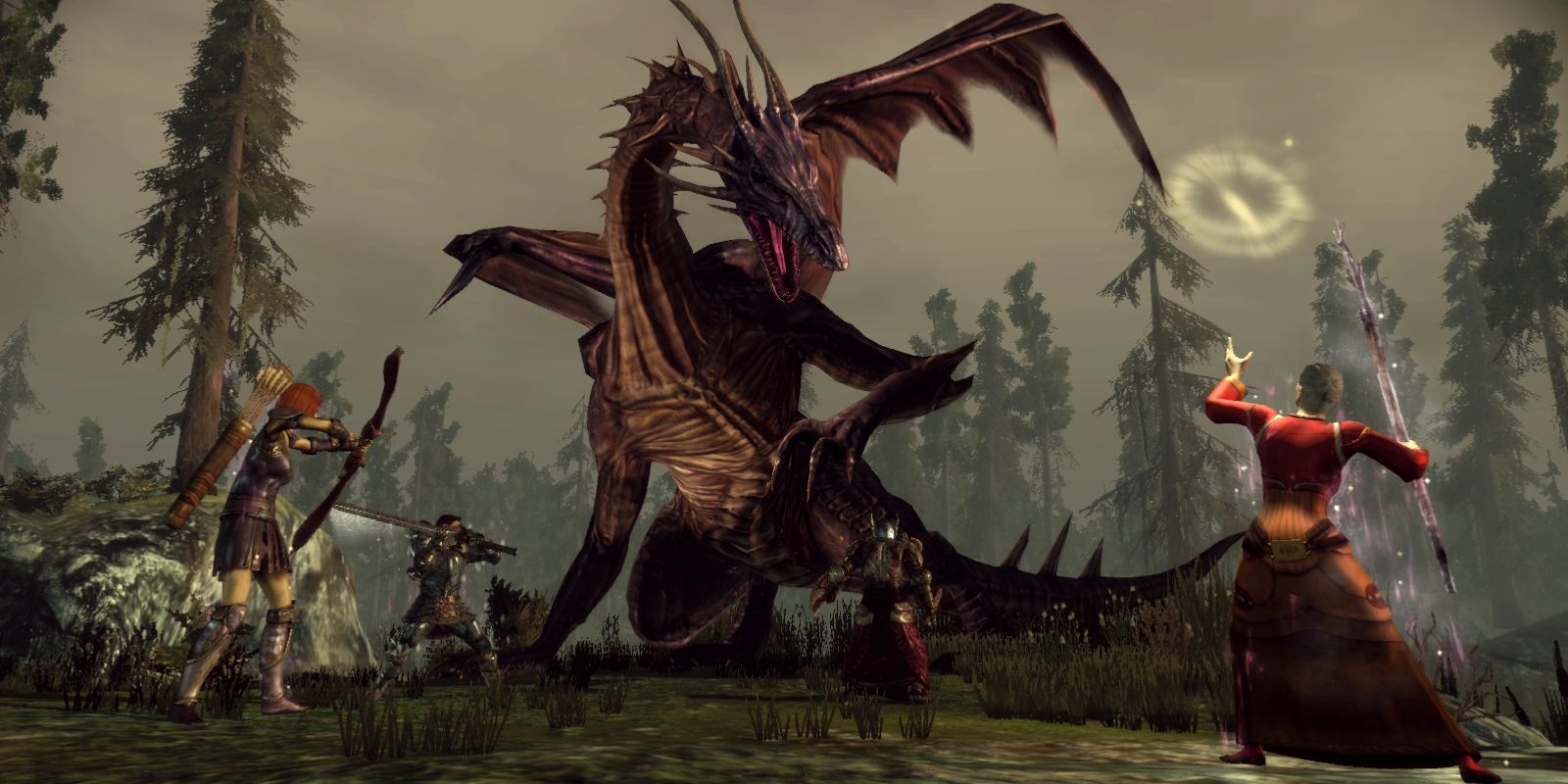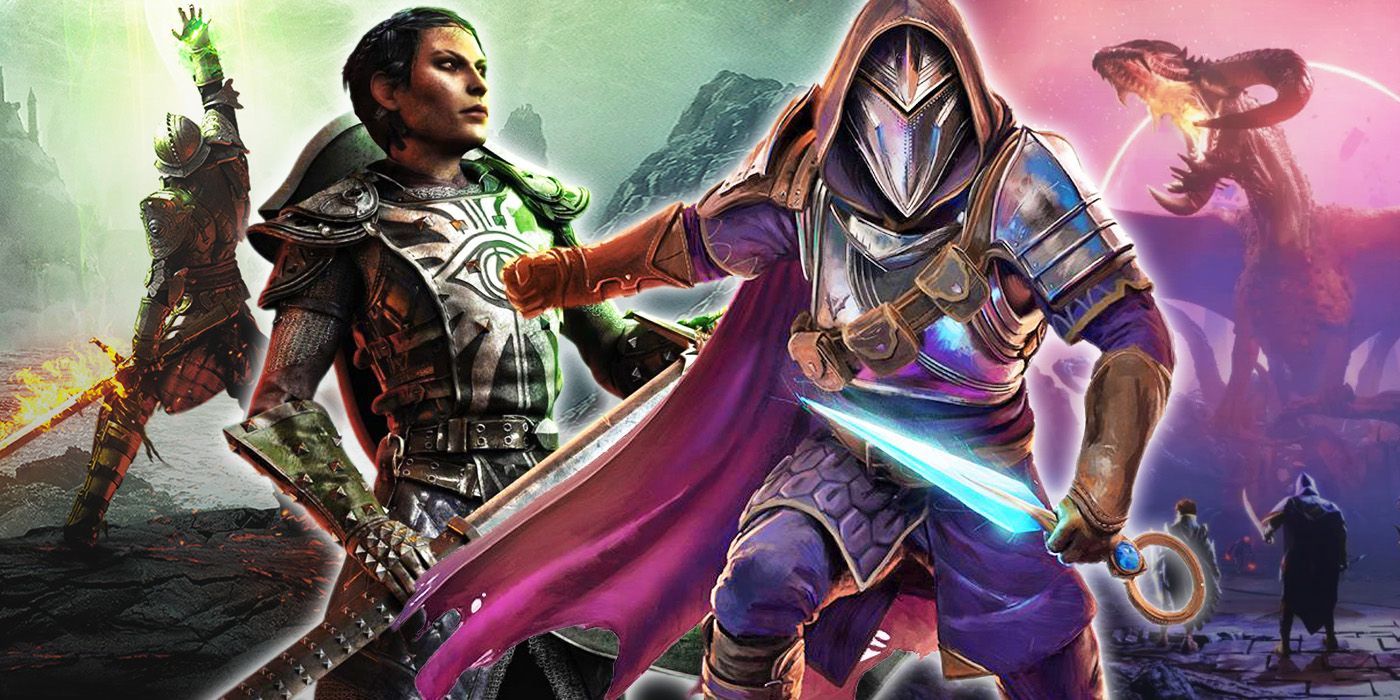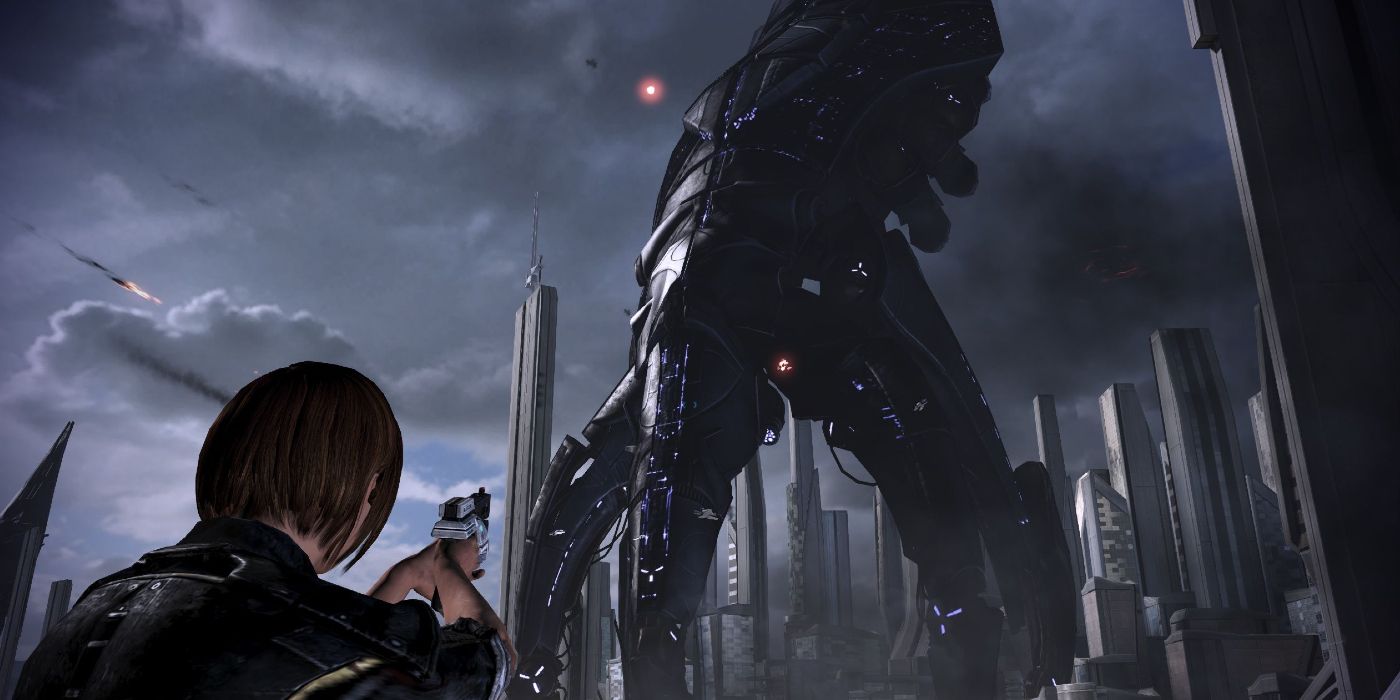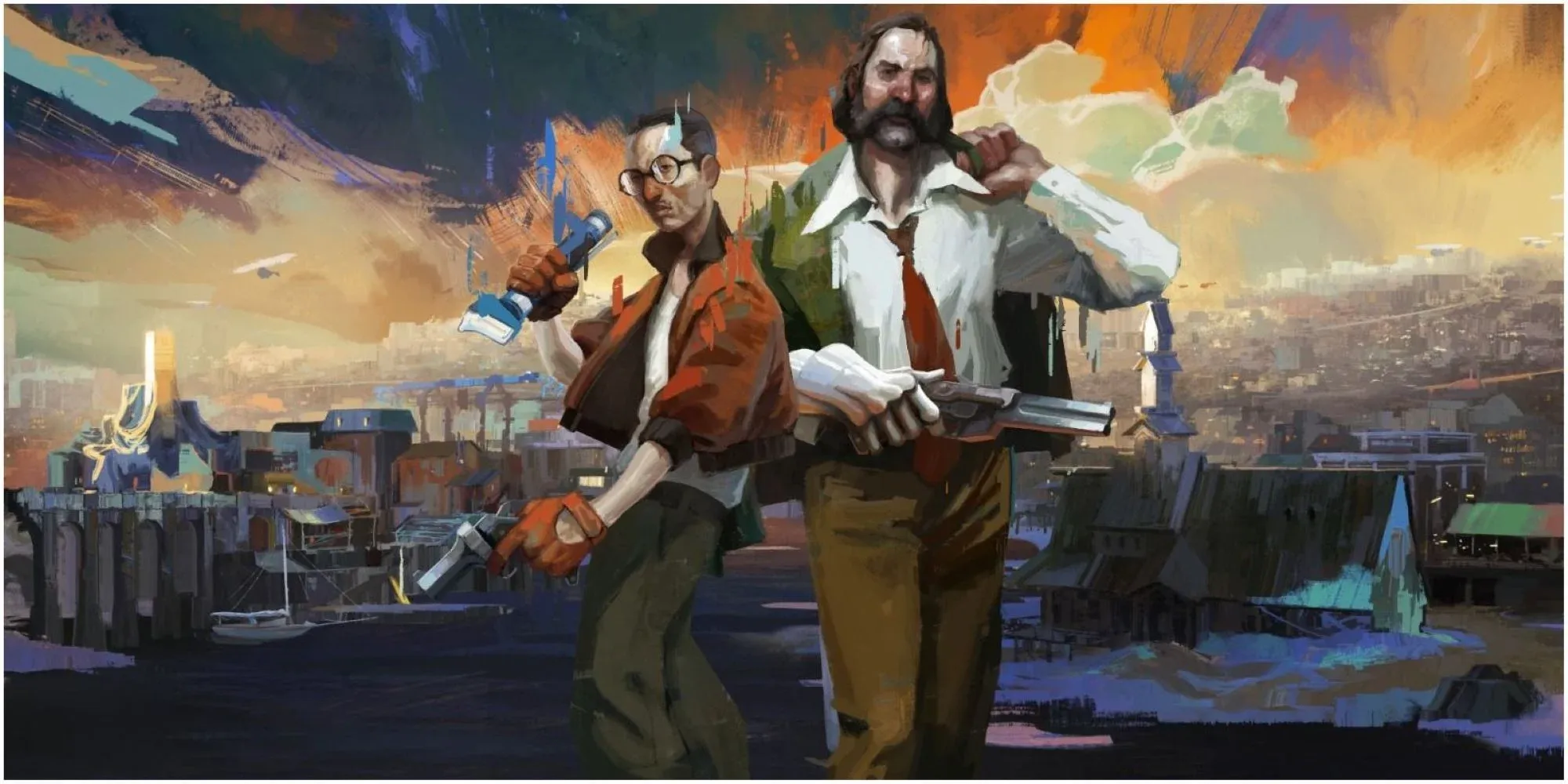In the past decade or so, open-world games have reached new levels of popularity among both fans and developers. Studios love talking about how massive their new game’s map will be, and players love diving in to explore every area and uncover every secret. Companies like Ubisoft have invested in refining open world design, and many of the most popular franchises today, such as The Elder Scrolls, The Legend of Zelda, and Grand Theft Auto, are built around the freedom of open world gameplay. Still, this doesn’t mean every game needs to feature an open world or every studio needs to invest in that sort of design.
While they have their strengths and their charm, open worlds have some notable drawbacks and are becoming overused. Instead, studios should consider returning to the use of hub worlds in their design. While arguably less immersive than open worlds, hub-based maps, with an overworld or connecting hub and other, distinct levels, can have significant advantages. In terms of overall area, hubs can combine to equal even the most enormous open world maps. Further, such a design can allow developers to better craft narratives and anticipate important moments for players.
Hub Worlds Aid Storytelling
It’s Easier to Tell a Story When the Author Knows Where Characters Will Be

Open worlds can certainly feel immersive when it comes to exploration and travel. Being able to see a distant point on the horizon and then walk there can be a remarkable experience. Open world games can allow a player to imagine they’re truly inhabiting the game’s setting and to think that anything is possible. On the other hand, this design can also make it much harder for writers to craft a compelling and immersive narrative. This can leave players feeling like they’re part of the world but not part of the story.
The positive aspect of more linear games is that the designers always know where the player will be at any given point in the story. Plot points can be planned out in detail, characters introduced at the perfect time, and the climax can be set up adequately. In open-world games, it’s impossible to guess where different players will be on the map at different points in the narrative. As a result, designers are forced to leave the main plot more open-ended or place restrictions on open-world exploration, which defeats the entire purpose of the design.

Related
The Best Open World Games If You’ve Already Done Everything in Skyrim
Skyrim can keep players busy for hours, but games like Tears of the Kingdom and The Witcher 3 can scratch the same itch.
The Elder Scrolls is a classic series with legions of fans. Skyrim has been delighting players for over a decade, and a new generation has rediscovered the beauty of Oblivion thanks to the remastered edition. The franchise is a perfect example of open-world design and all of its strengths. A player can lose hundreds of hours exploring the world and taking on random quests and tasks. One thing these titles lack, however, is a truly compelling central plot or main questline.
When fans discuss Oblivion or Skyrim, they tend to talk about their favorite locations or side quests. They debate which factions and secret organizations they like to work for. They argue over which character builds are best. They contemplate the proper order to undertake certain missions. Rarely, however, do they talk about the central story or its main characters. The fact is, The Elder Scrolls series and similar open-world games often fail to craft a truly great narrative. Writers can’t be certain when a player will pay a visit to Martin Septim or infiltrate the Thalmor embassy, and don’t know what they will have already seen or done. Thus, less can be invested in designing these moments.
There are, of course, exceptions to this rule. The Witcher 3 combines both a huge, open world full of side content and a main story that is grand in its scope and full of great characters. Still, it takes incredible skill and years of work to pull this off, and few studios can. In general, open-world games are forced to sacrifice something on the narrative side to allow for more exploration and a more open-ended approach. Further, even open-world games that can nail the big narrative, like The Witcher 3, can suffer in other areas.
Hub Worlds Can Be Richer and Detailed
No Need to Fill the Area with Generic Content
Anyone who has played an open-world game in recent years knows the struggle of looking at a map full of markers and not knowing which are worth visiting. Ubisoft games, in particular, have become known for being filled with generic content designed to make the open world feel fuller. Minor fetch quests, tedious collections, and boring fights abound in games like Cyberpunk 2077 and the Assassin’s Creed series.
Even phenomenal and beloved games like The Witcher 3 have their share of generic content that exists only to ensure there’s not too much empty space between points of interest on the map. While checking off these various tasks can be fun for some gamers who love completionist runs, most fans eventually get bored with completing the same basic quest or fighting the same mobs of enemies over and over again.
Hub worlds, on the other hand, can give the same sense of grandeur through multiple maps that add up to something massive, while keeping different areas small enough to be unique. Each area of Baldur’s Gate 3 feels fantastical and original because each area is a discrete map that has been crafted with unique content. Having separate hubs that can be visited allowed Larian Studios to carefully place each character, quest, and point of interest to maximize its impact on that map. There was no need to fill out each map with lots of empty space and populate it with generic quests and monsters.

Related
How Bioware Can Fix Its Dragon Age Problem – Before It’s Too Late
Bioware needs to make some changes if it wants the Dragon Age series to survive.
Hub worlds, in their comparative smallness, can feel more real and immersive than open worlds when done right. Each map can be populated with little details and get the careful attention that can’t be given to separate areas on an open world map. Each city in the original Deus Ex and every location in Dishonored looks and feels real because they were carefully built from the ground up. Players may not be able to simply walk from one hub to the next, but each one, in the moment, can be more compelling than any open world.
With the potential for more carefully designed maps, less filler content, and the ability to plan out a main story in more detail, hub worlds have lots of advantages over open-world games. The latter may be getting more attention at the moment, but that doesn’t mean the former should be forgotten or abandoned. Indeed, some of the best games and franchises of the past couple of decades have been built around a hub-based design.
Some of the Best Games of Recent Years Were Hub-based
Mass Effect and Dragon Age Showed How to Do Hubs Right

BioWare is known for its immersive games and memorable stories, and the studio has built this reputation on hub worlds. Knights of the Old Republic still ranks among the best RPGs of all time. Mass Effect launched a franchise that, despite recent missteps, is still loved by fans. Dragon Age has had a mixed record among players and critics, but the series, overall, is still considered one of the greats in its genre. All of these games and franchises have been designed around hub world mechanics.
Mass Effect uses the Normandy as a central hub from which all other levels branch out, just as KOTOR used the Ebon Hawk. Dragon Age used the classic fantasy trope of having an actual, old-looking map from which players could choose where to travel. No one has ever accused these games of being less immersive for their lack of open worlds. Indeed, the few times BioWare experimented with such a design, it proved disappointing.

Related
5 Best Original RPG Settings, Ranked
Lots of classic video game RPGs are inspired by tabletop settings or popular franchises, but some of the best feature their own, original worlds.
The only time a Mass Effect game took a more open world approach was Andromeda, which received, at best, a mixed reception from fans and critics. Though still featuring a central hub and separate worlds, it was clearly an attempt to move in the open world direction, with different levels being truly massive and populated with loads of quests and content. Rather than pleasing gamers, however, Andromeda drew negative comparisons to its older, less open predecessors. Meanwhile, after experimenting with the same sort of partial transition to open world design in Dragon Age: Inquisition, BioWare returned to hub world mechanics with Dragon Age: Veilguard.
From BioWare’s classics to older Legend of Zelda games and the new God of War games, there are plenty of examples of how to do hub worlds right and proof that such games can succeed. It’s time for more studios to give open worlds a break and experiment with a less popular, but still successful, approach to game design.

Mass Effect
- Created by
- Casey Hudson
- First Film
- Mass Effect: Paragon Lost
- Latest Film
- Mass Effect
- Video Game(s)
- Mass Effect, Mass Effect 2, Mass Effect 3, Mass Effect: Andromeda
